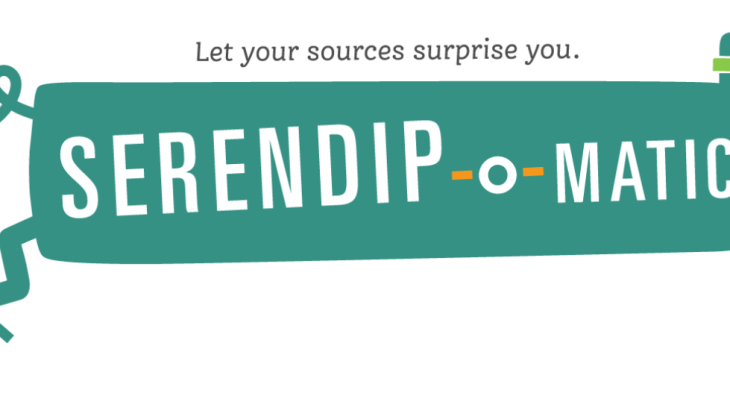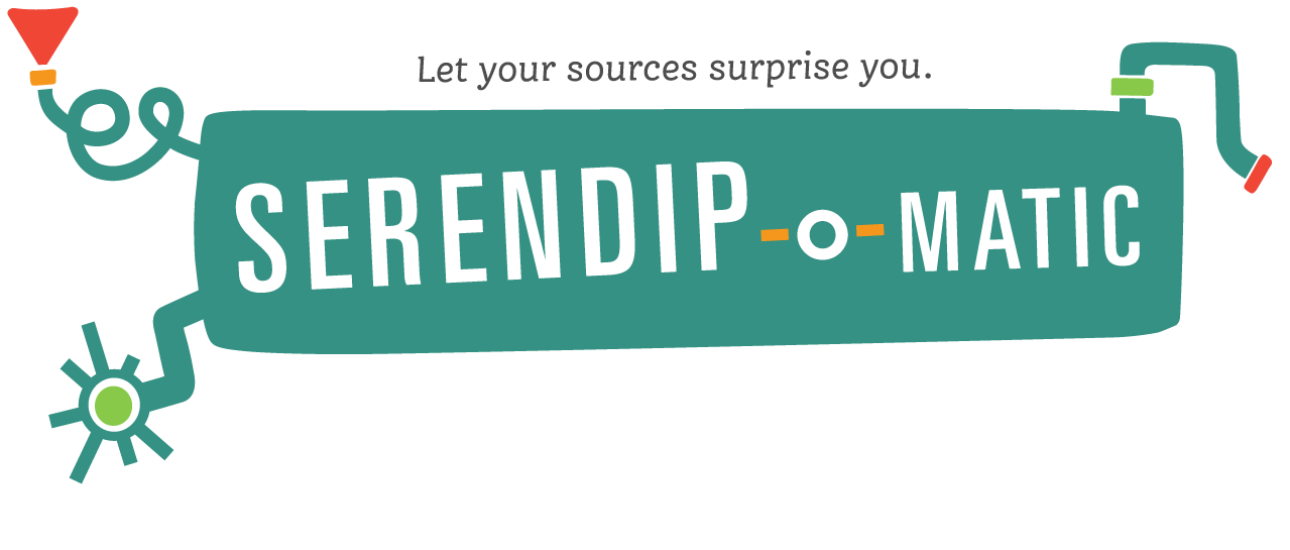
 I’m proud to introduce the online search tool Serendip-o-matic. From July 28-August 3, I worked with a fabulous group digital humanists to produce this tool from scratch as part of the One Week | One Tool project.
I’m proud to introduce the online search tool Serendip-o-matic. From July 28-August 3, I worked with a fabulous group digital humanists to produce this tool from scratch as part of the One Week | One Tool project.
Serendip-o-matic connects your sources to digital materials located in libraries, museums, and archives around the world. By first examining your research interests, and then identifying related content in locations such as the Digital Public Library of America (DPLA), Europeana, Trove Australia, and Flickr Commons, Serendip-o-matic’s serendipity engine helps you discover photographs, documents, maps and other primary sources.
Whether you begin with text from an article, a Wikipedia page, or a full Zotero collection, Serendip-o-matic’s special algorithm extracts key terms and returns a surprising reflection of your interests. Because the tool is designed mostly for inspiration, search results aren’t meant to be exhaustive, but rather suggestive, pointing you to materials you might not have discovered. At the very least, the magical input-output process helps you step back and look at your work from a new perspective.
At some point, I will blog about the experience, but that will have to wait a little because the project has coincided with activity related to the news that I have received an NEH award to create an Archive of Early Middle English.… Read more…


